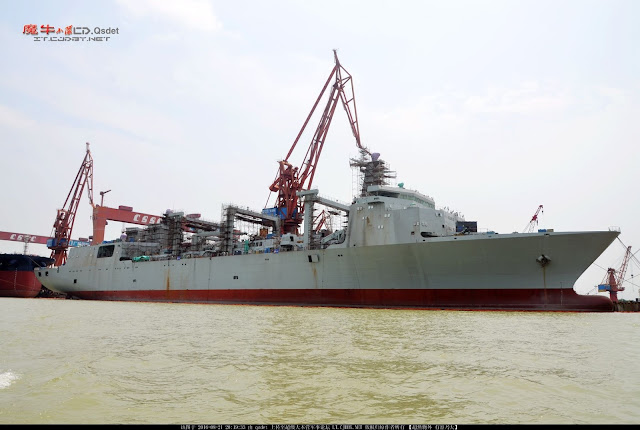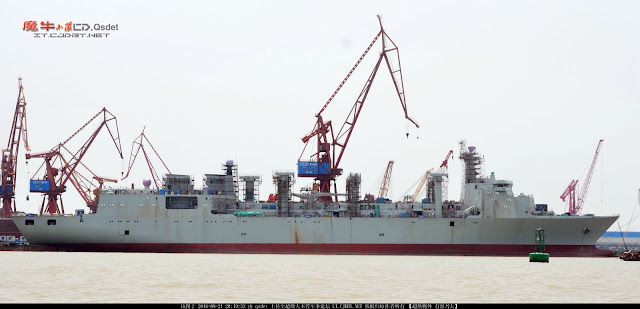First, these autocannons even with theoretical ability to attack helos and slow-flying aircraft, are pretty much never going to use this mode of action. Which helo or slow-mover in their right mind would willing fly to within a few km of these ships and make themselves vulnerable to attack? If we are talking about an assault helo attack or an aerial bomb drop, Hellfire-type missiles and air-dropped LGBs easily outrange these types of guns. These autocannons are only going to be used against surface targets in all or almost all cases where they are fired in anger. To say they have a "CIWS capability" is to give them an attribute which they pretty much possess almost none of and will have almost no opportunity to use what little capability they have. Against, pretty much all of these guns are going to be useless against missiles, possibly including the weapon you linked in your post.Well you're free to disagree.
The MLG-27 autocannon on the Berlin class have EO targeting systems, and can be operated remotely or locally:
Finding clearer pictures for other replenishment ships like Durance class to determine the guidance for their guns are more difficult.
But yes, I do agree that many of these autocannon systems are not official CIWS as we know it -- however that is not to say that they offer zero CIWS capability, and cumulatively I consider them to offer a fraction of the CIWS capability that a standard true CIWS can do. These autocannons or even DP guns (such as the case may be) are unable to shoot down cruise missiles or fighter jets, but can shoot down helicopters and slower flying aircraft, as well as surface targets which are still part of the overall role of CIWS mounts even if it is at the lower end. And as you say, even among smaller displacement replenishment ships they field either a small number of CIWS systems or older AAA-like systems, and thus offering their own CIWS capability.
So no, I do not believe that "CIWS capability" should be dismissed for only "CIWS mounts" which only start on replenishment ships once they reach a given displacement, but rather it is fairer to say that there are a number of smaller replenishment ships offering either a very small number of CIWS systems or autocannons with low end CIWS capabilities, which along with larger displacement vessels with their own CIWS capabilities, helps to provide enough datapoints to describe a trend.
If you disagree with that logic then there's not much more to say.
I can only re-state that I think the only sensible way of judging 901's CIWS capability is by comparing it with the average CIWS capability to tonnage ratio of all replenishment ships in the world, and that dismissing the CIWS capability of a vast group of replenishment ships below a certain displacement threshold which are armed with autocannons, and beginning with only ships that are equipped with CIWS mounts is illogical, because the role of CIWS is not only against higher end targets like AShMs and/or jets, but also includes slower aerial targets and some surface targets.
Second, you have yet to plot a "CIWS capability" vs displacement graph so no one is yet able to judge for themselves whether the 901 falls on or out of this alleged trend line of yours. If you haven't already done so, then all you're going by is your own mental 'feel' about how you personally think the 901 would fall on this theoretical graph.









